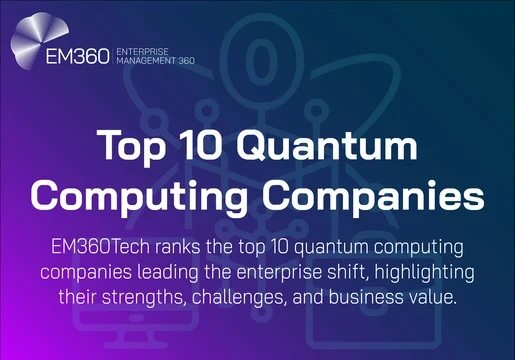Just last summer, NVIDIA, the world’s largest company surpassed even Apple, also a leader in artificial intelligence (AI) hardware invested in SEEQC, a digital quantum computing firm to develop a one-of-a-kind quantum chip.
They are collaborating to devise the “first all-digital, ultra-low-latency chip-to-chip link between quantum computers and GPUs, compatible with any quantum computing system.”
Now SEEQC is making headlines again for successfully raising $30 million (roughly £24.5 million) as part of their Series A funding round.
This funding round was co-led by Booz Allen Ventures, a Booz Allen Hamilton company known as one of the largest providers of AI to the federal government and NordicNinja, a Japanese-European venture capital (VC) firm.
Other participation included a new backer – SIP Capital, a US-Japan VC firm and other investors already supporting SEEQC.
“It’s a combination of financial, geographic, and strategic strengthening,” John Levy, SEEQC chief operating officer (CEO) said about the Series A extension according to TechCrunch.
Earlier yesterday, Booz Allen Ventures announced a strategic investment in SEEQC. Matt Calderone, chief financial officer (CFO) at Booz Allen expressing elation about the investment said:
“I’m excited about the potential to drive faster, better outcomes by combining SEEQC’s exceptional quantum computing capabilities with the power of Booz Allen’s advanced technology, deep quantum expertise, and mission understanding.”
This investment is just the thirteenth venture investment made by Booz Allen Hamilton’s venture capital arm.
Calderone says that the company remains laser-focused on accelerating innovation to disrupt the federal technology market.
Also Read: What is Quantum Computing? The Future Of Computing Explained

Cold Quantum Chips Dissipating Minimal Energy
SEEQC’s focus is not just on developing the most robust quantum processors but Levy has emphasised that its scaling, enterprises need to tackle superconducting quantum computer input/output problems.

One of the biggest challenges with quantum computing is the temperature. As quantum computers can only function well at lower temperatures, they tend to consume an exorbitant amount of energy.
In his speech at Columbia University in October 2024, Levy presented SEEQC’s approach to quantum computing on a chip using Single Flux Quantum (SFQ) technology operating at high speed and at milliKelvin temperature.
MilliKelvin temperature means it operates near or absolute zero temperature. Absolute zero is the temperature at which there is no thermal energy or no vibrations in a material.
It means that SEEQC is developing quantum chips that can function at extremely low temperatures, and lower energy levels, minimizing heat generation and reducing the energy demands of cooling the system.
Such an approach has the potential to dramatically improve the performance and scalability of quantum computers by enabling denser integration and faster operations.
Xintian Tina Wang from Columbia University says that SEEQC has integrated digital control, multiplexing, and readout directly onto the qubit chip. This significantly reduces the need for external cables and room-temperature electronics.
“This advancement enables lower latency and higher speed which contributes to greater scalability and energy efficiency,” Wang added. “Levy also showcased an integrated five-qubit chip that SEEQC has developed, which includes built-in digital control and multiplexing.”
Also Read: What is the Willow Quantum Computing Chip by Google?
Future Enterprise Opportunities for Native Quantum AI
Levy’s presentation also touches on the subject of AI chips and their relation to quantum computing. He told the audience at Columbia University that the future of quantum computing could involve native quantum AI integration.
SEEQC’s collaboration with NVIDIA to create chip-to-chip integration between quantum processors and GPUs is aimed at powering scalable AI applications.
According to an official statement by the company, when the project with NVIDIA is completed, the quantum computing chip will mark its spot as the first active multi-chip module quantum processor directly linked with both a GPU and a CPU operating system.
As a result, it would create a “tightly coupled, fully digital integration of quantum and classical computing technologies.”
The statement noted that as SEEQC’s technology is entirely digital, it will remove several analogue steps and expensive, bulky and noise-contributing hardware overheads in quantum processing, severely cutting down the bandwidth needed, decreasing latency bottlenecks and unlocking scalable enterprise applications in the future.







Comments ( 0 )